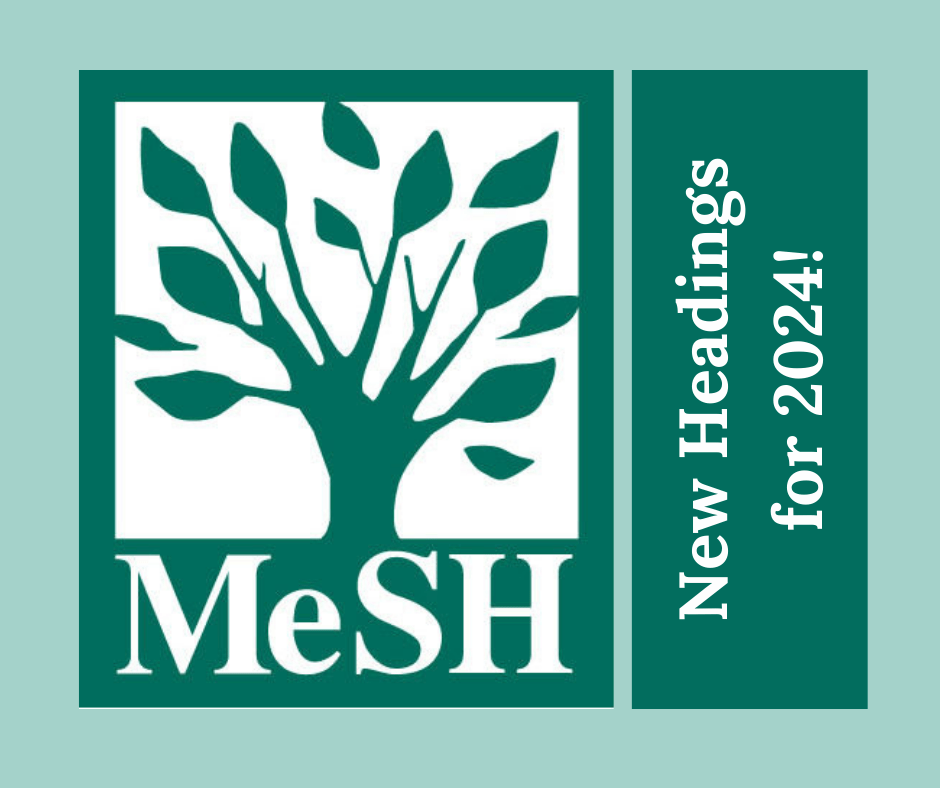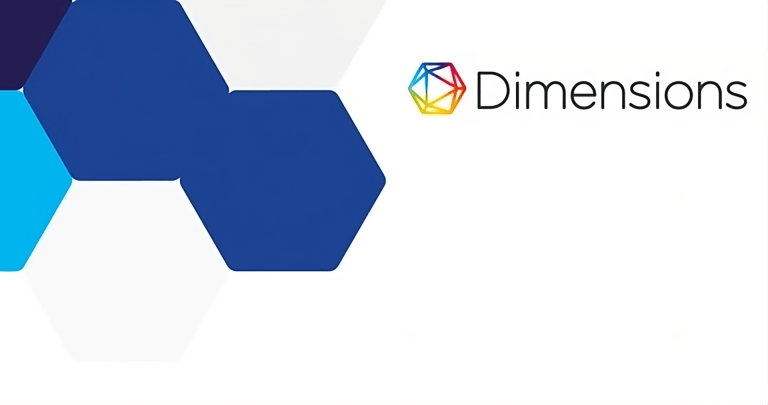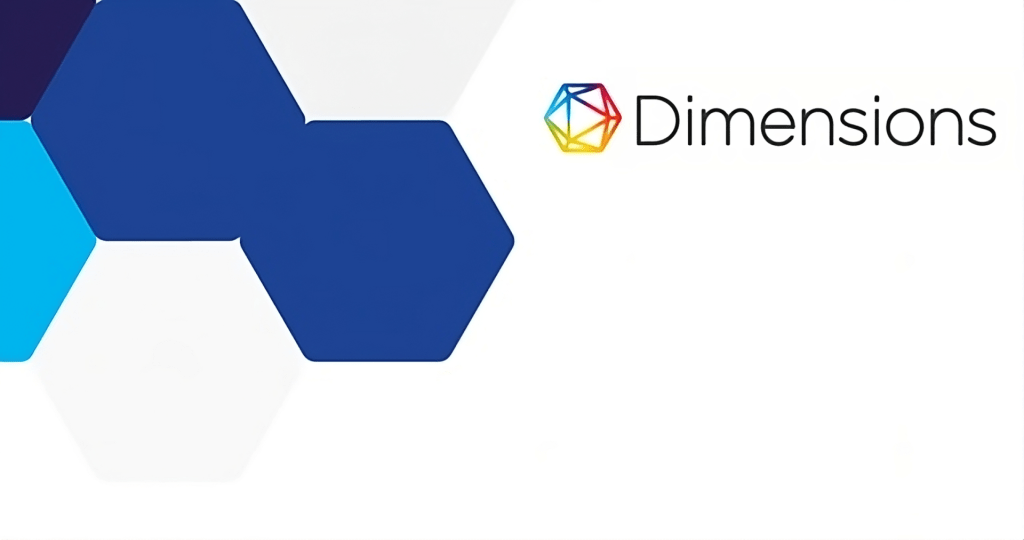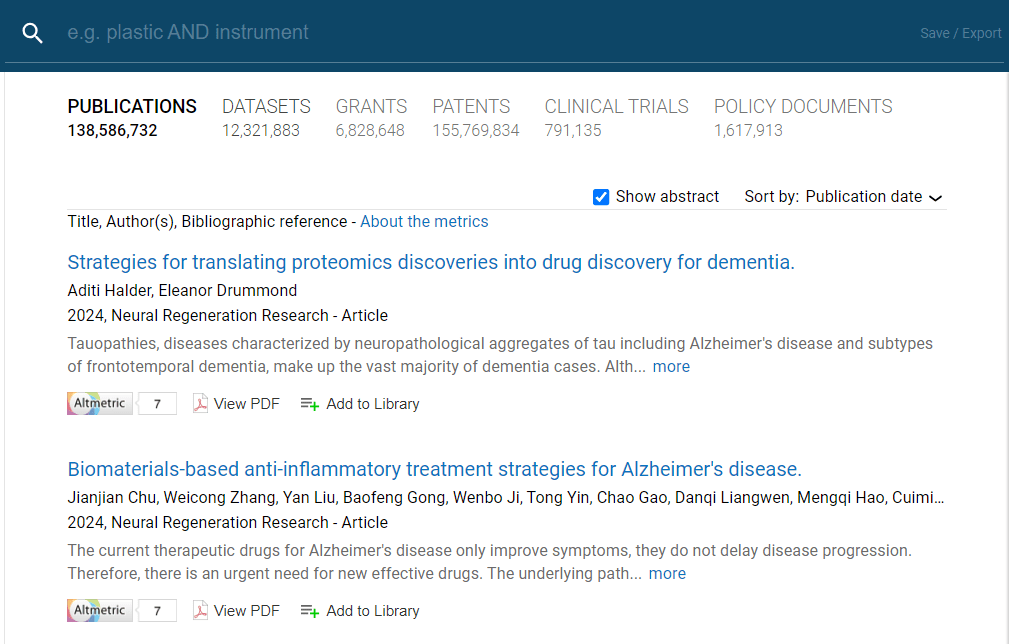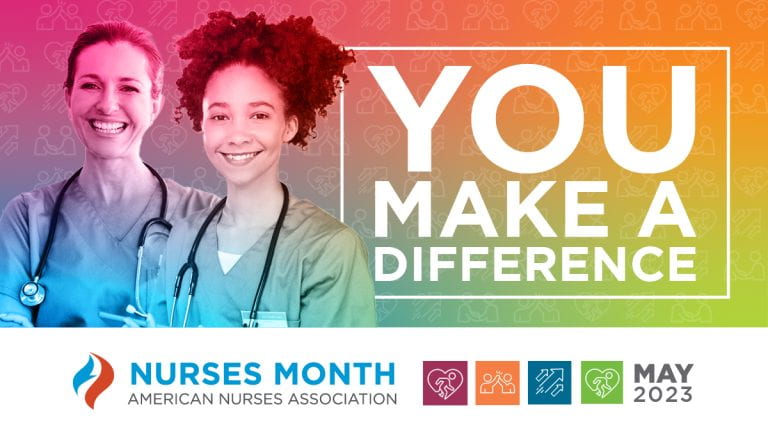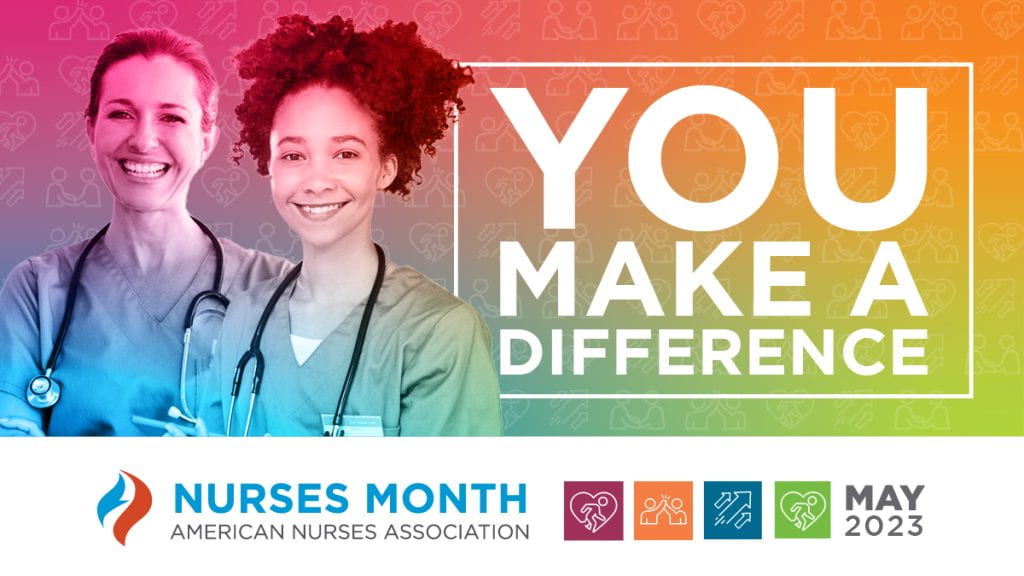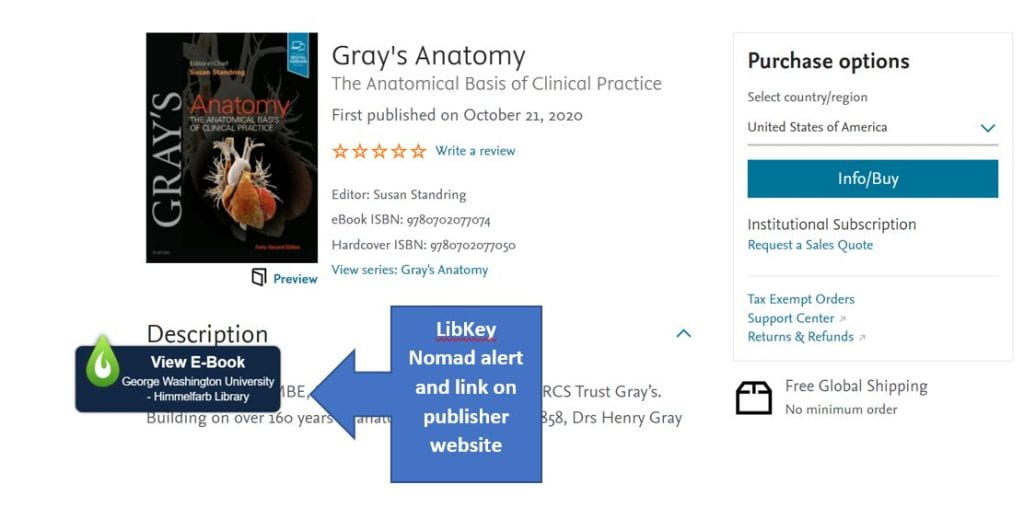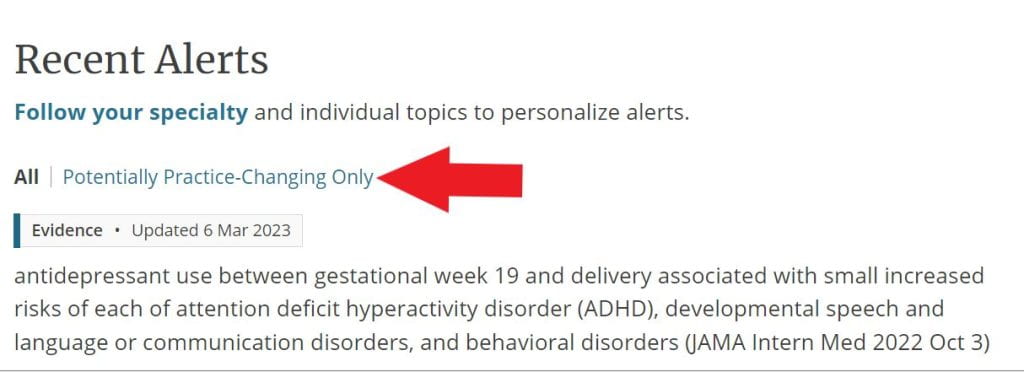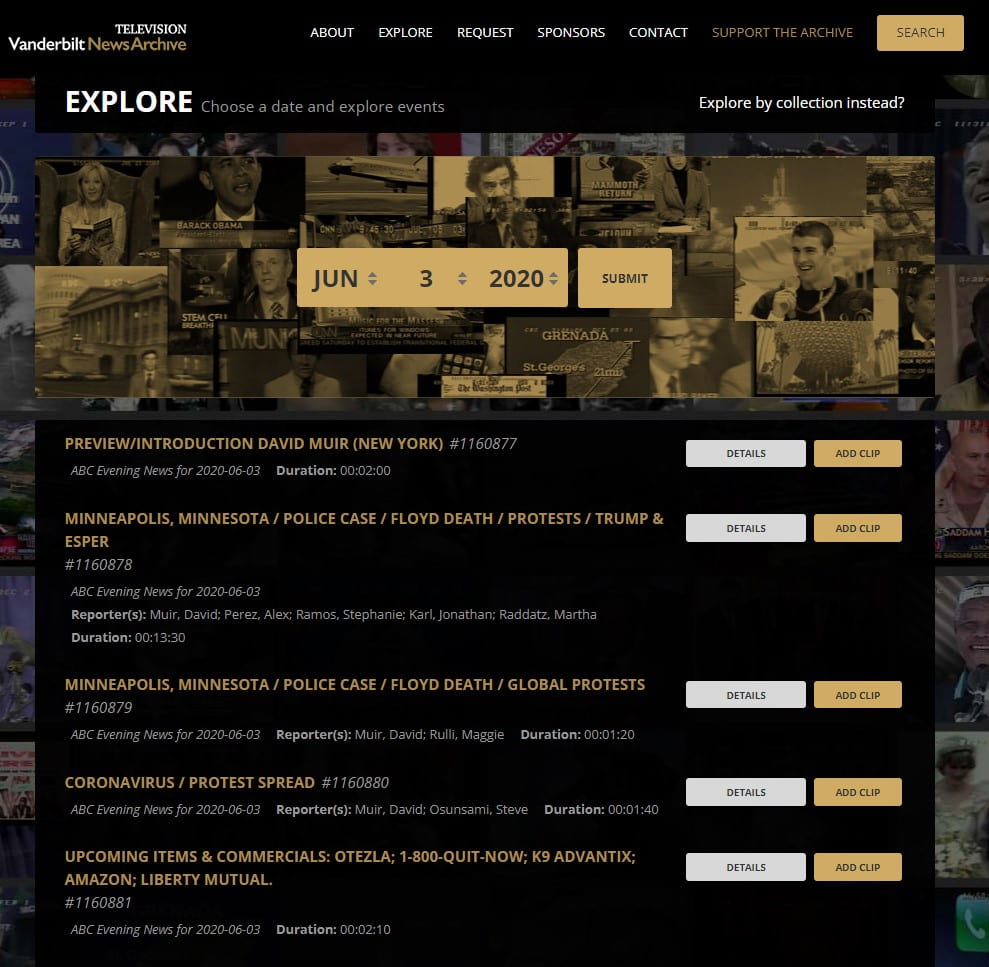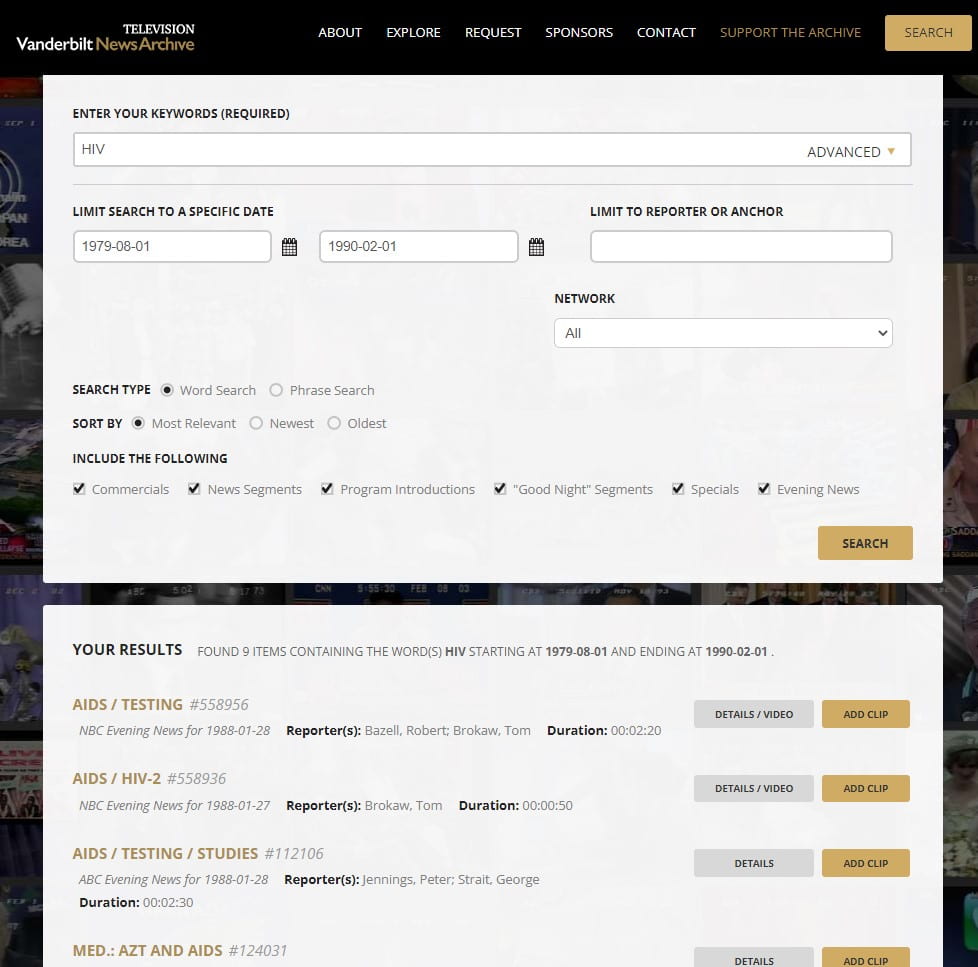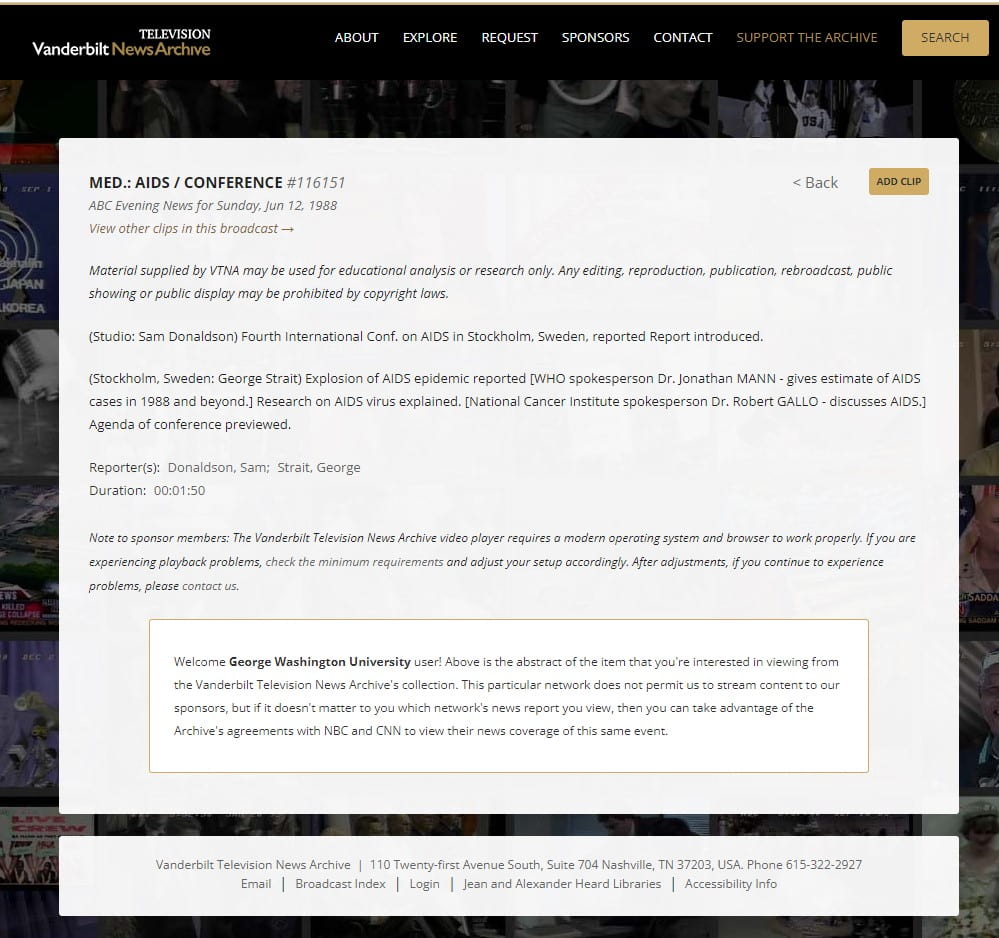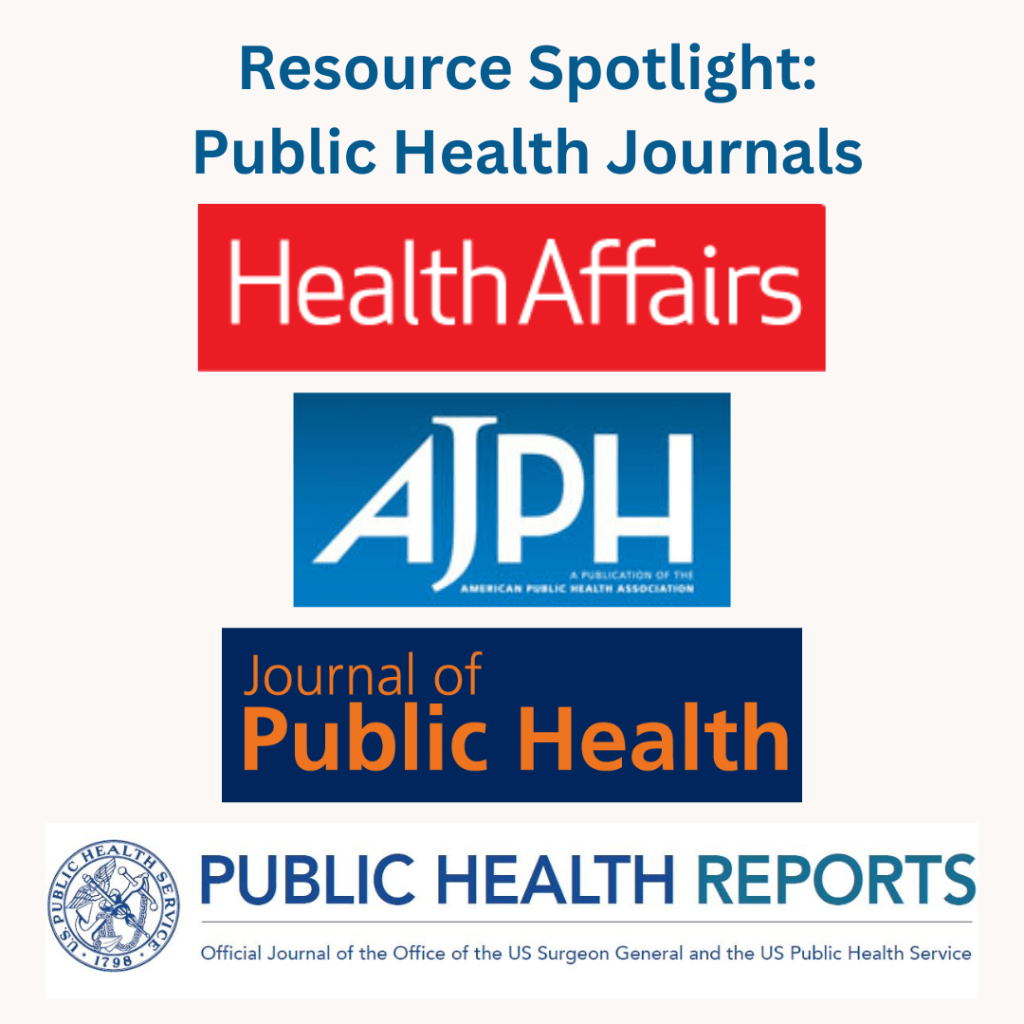
It’s officially clerkship season! Third-year medical students started clerkships during the past few weeks, so this is a great time to remind you that Himmelfarb Library has some great sources to help you get through clerkships!
A great place to start is our MS3 Clerkship Guide! This guide is packed with resources to help you during each of the six 3rd-year clerkships: medicine, OB/GYN, pediatrics, primary care, psychiatry, and surgery. Each clerkship tab includes:
- Best Bets: The top 2-3 full-text resources for your searches
- Key Textbooks: The best textbooks for education and study
- Mobile/Handheld: Apps for your phone or tablet so you can access information 24/7
- Recommended Resources: Additional sites and tools recommended by clerkship directors
- Research Articles: Links to PubMed and MEDLINE
- Shelf Prep Materials: Books and question banks to help you prepare for the shelf exam
- Clerkship Contacts: Names and contact information for clerkship directors and clerkship coordinators.
You’ll also find information about the Electronic Health Record systems used at your clerkship sites.
Are you looking to find specific types of resources that you can count on during each clerkship? Check out the following list of resources!
Drug Information - Choosing the right medication, dosage, drug interactions, contraindications, and drug coverage:
- LexiDrug (aka LexiComp): Clinical drug information with integrated access to multiple drug databases plus access to Trissel's IV Compatibility, drug interaction checker, drug I.D., patient education, calculators, and additional clinical tools. Includes access to adult, pediatric, and neonatal drug information, pharmacogenomics, lab tests and diagnostic procedures, toxicology, and drug allergy and idiosyncratic reactions.
- NatMed Pro (aka Natural Medicines): Supports evidence-based alternative therapy decision-making including 1,400+ natural ingredient and alternative therapy monographs, and 185,000+ commercial products. Searchable by scientific, common, or brand name; includes interactive tools for safety, effectiveness, and interactions.
- ClinicalKey: Search the Drug Monographs section for drug and dosing information to guide treatment.
- DynaMed Drugs A-Z: Click on Drugs A-Z or the Drug Interactions in the top menu.
- Epocrates+: Click on the Briefcase + Icon on the left side of the screen to find tools including Drugs, Interaction Check, Pill ID, etc.
Differential Diagnosis - Creating your Ddx using reputable sources:
- DynaMed: When looking at a condition in DynaMed, there is a Differential Diagnosis area in the Diagnosis area (on the left side menu).
- Epocrates+: Like DynaMed, there's a Differential Diagnosis area in the Diagnosis area on the left side menu.
Evidence-Based Guidelines - Finding current practice guidelines to drive your assessment and plan:
- DynaMed: Check out the Guidelines & Resources area towards the bottom of the left-side menu.
- Epocrates+: Check out the Guidelines area (under References) towards the bottom of the left-side menu.
- PubMed: If you use Himmelfarb's link to PubMed, you can use our filters on the left side of the search results page to limit your results by Practice Guidelines.
- ClinicalKey: Click on the "Guidelines" area to search for clinical guidelines from leading organizations.
As you move into your fourth-year clerkships, remember our MS4 Clerkship Guide! This guide has the same great information as the MS3 Clerkship Guide but is specific to anesthesiology, neuroscience, emergency medicine, and pediatric emergency medicine clerkships.
Access Note:
On Monday, May 20, 2024, Himmelfarb Library, in partnership with GW Libraries and Academic Innovation, changed the underlying system that provides access to our online collections (including ebooks, databases, and journals). We’ve worked hard to make this transition seamless with only minor changes. However, if you experience issues accessing any of the resources mentioned above, please let us know so we can fix the issue. To let us know about a problem with a resource, or if you have questions about access, reach out to himmelfarb@gwu.edu or Ask A Librarian. If you’d like to learn more about this change, read our recent blog post.



